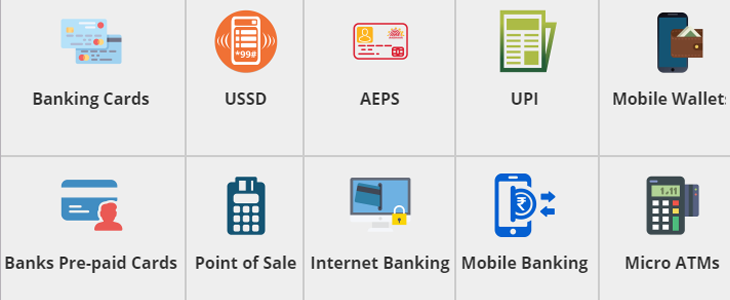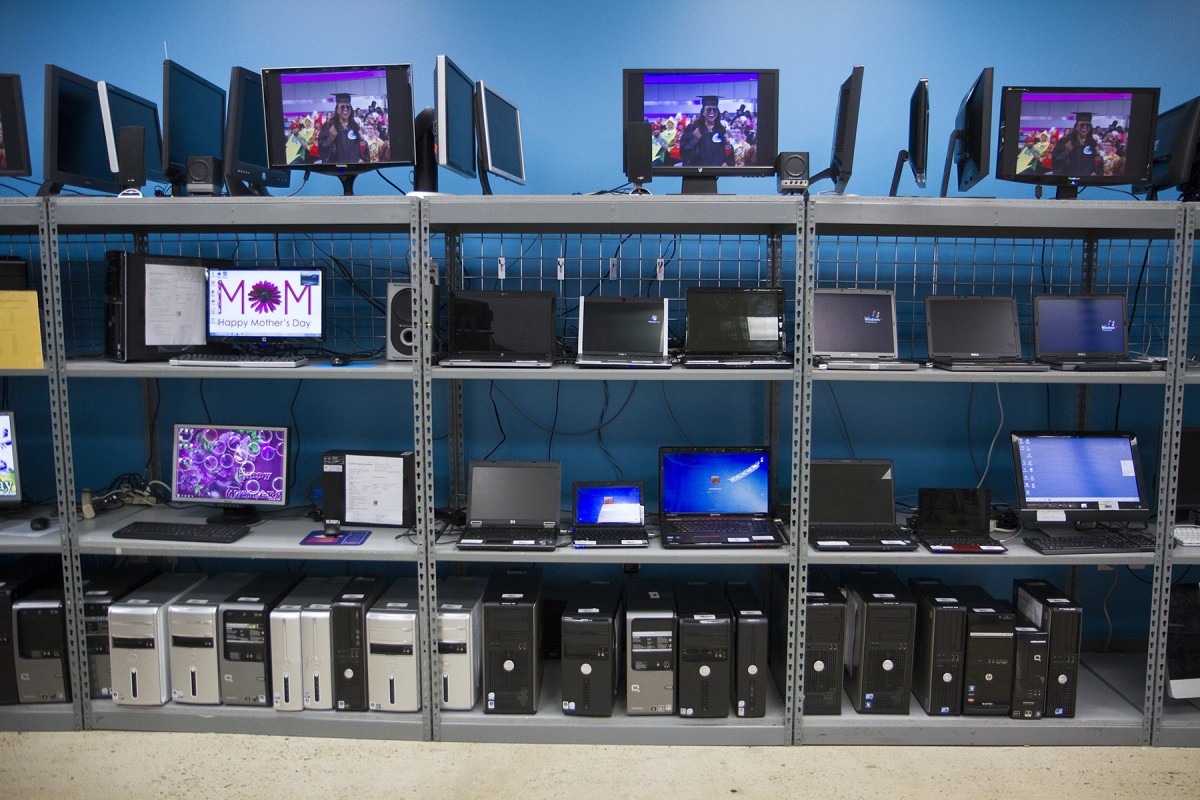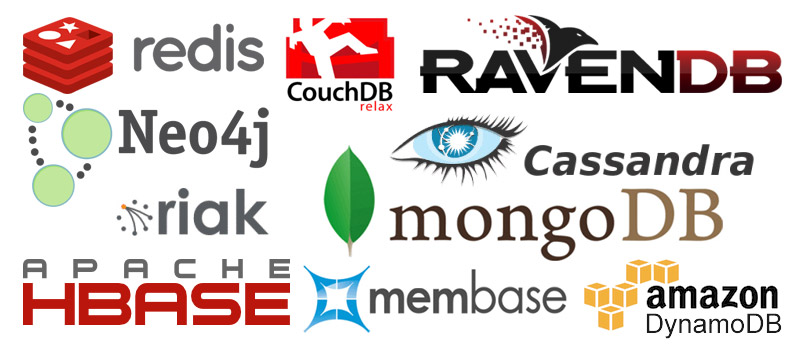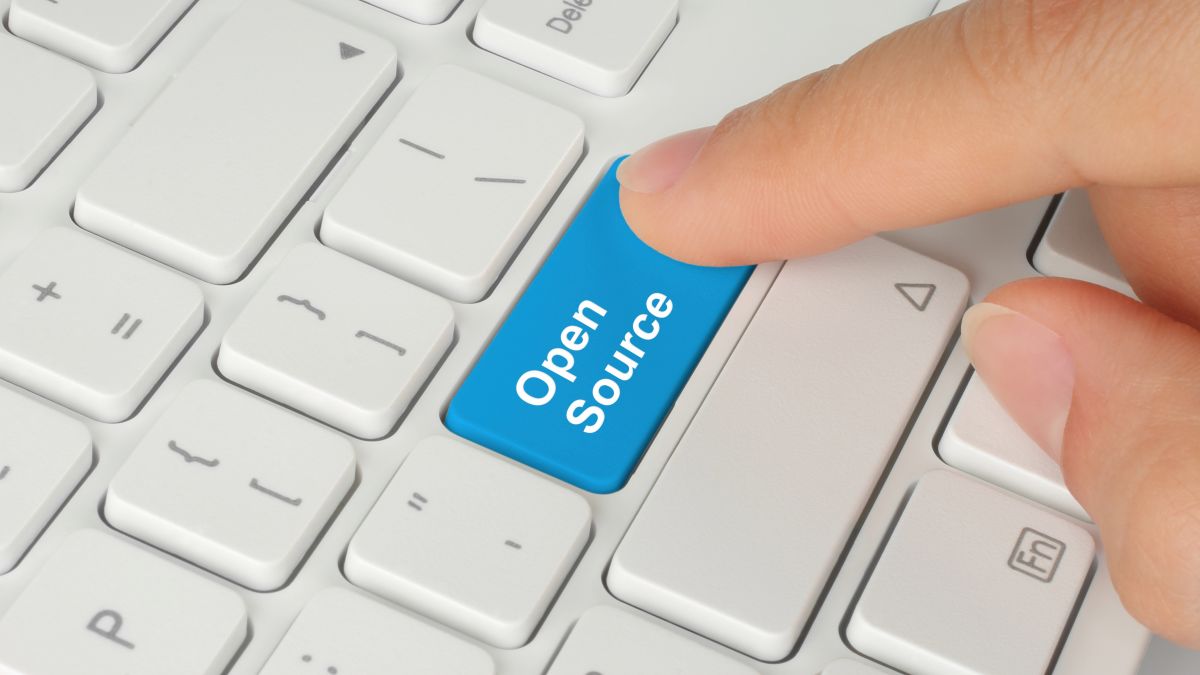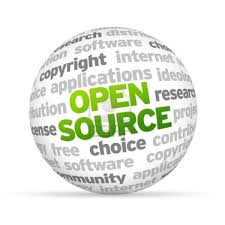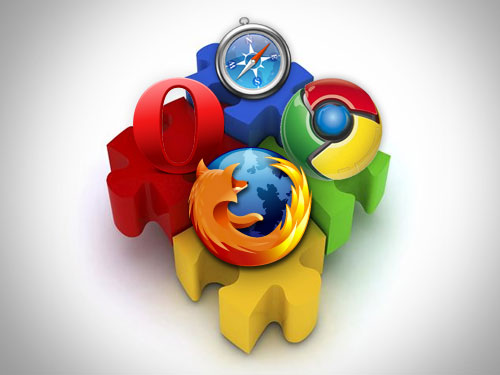November 8 2016 was a historic day for India, when Prime Minister Narendra Modi took a bold and swift step, demonitising the highly circulated Rs.500 and Rs.1000 currency notes. Encouraged by the government, customers and merchants are looking for ways to exchange money without using cash. The change is gradual, but is headed the right way. Megacities like Mumbai, Bangalore and New Delhi have jumped at the chance and enabled plenty of businesses to go cashless. Second-tier cities like Pune, Indore and Coimbatore are slower, but are surely getting there one business at a time. Continue reading “Making India cashless”
Category: Choose ‘IT’ well
A newbie’s checklist to buy a computer
It’s inevitable once every three years or so. Everyone goes through this. Gets a computer. Enjoys the ease of use it brings. Wants more out of it. Installs as many applications as he/she can. Computer starts behaving overloaded. The pace of software evolution and the latest software’s hunger for more memory, hard disk space and processor is insatiable. Your once shiny new and state of the art machine behaves like a dinosaur. With wear and tear, some components start failing. On an average of three to four years, it is time to buy a new computer again. Continue reading “A newbie’s checklist to buy a computer”
Say NO to SQL: Part 3
In parts 1 and 2, we saw how relational databases need us to break up data and store it in little pieces. We specifically talked about splitting up data into different tables in part 1. In this part, we will see how we can get the different pieces of data from different tables together again and what kind of problems this merging causes. Continue reading “Say NO to SQL: Part 3”
Say NO to SQL: Part 2
In part 1, we saw how relational and non-relational databases differ in structure. Tables must have a singular, ‘unbreakable ‘ piece of information per row and column in a relational database, while non-relational databases can even contain tables inside tables (called nested data).
In this part, we will see how a relational database wreaks havoc with a piece of information so fundamental, that by the end of this post, you will start wondering why relational databases have been in use for so long! We are talking about human names today. We are talking about how a term I call ‘structural rigidity’ of relational databases caused an unnecessary and unwilling ‘standardisation’ in the way we look at human names today. Continue reading “Say NO to SQL: Part 2”
Say NO to SQL: Part 1
Database systems are the mainstay of applications. Without databases, it would be extremely difficult to store data in an organised manner or extract it quickly and easily. However, over the last five years, there is a shift in the type of database systems that are being used. There is a steady increase in the number of users who are adopting NoSQL databases in favour of traditional relational databases. Why is it so? First of all, what are NoSQL databases and what are relational databases? Over the course of this ‘Say NO to SQL series’, you will have all the answers. Continue reading “Say NO to SQL: Part 1”
Computer and Images: Part 2
In part 1 of this series, we saw how digital devices display images and the methods in which images are stored in files and memory, i.e. we talked about bitmap images and vector images. In this part, we will see the various image formats that are popular in use and what each one is capable of. Continue reading “Computer and Images: Part 2”
Openness and Standards: The Lingua Franca
In a previous post, I discussed what exactly is the Internet of Things and what are the components in an IoT system. From that post, we can reckon that IoT’s components constantly talk to each other in order to garner a wealth of data and provide insights to the users of the system. People across the world converse in different languages and it is particularly difficult for different groups of people to talk to each other unless official and national languages are set and embraced. Likewise, different companies make different products and for them to be able to talk to each other seamlessly, free and standard ways of communication must be established. Continue reading “Openness and Standards: The Lingua Franca”
How going Open Source empowers you: Part 2
In the last post How going Open Source empowers you: Part 1, we saw the advantages for someone who chooses to use open source software. In order to use open source software, someone must first decide to release such software. But the very nature of open source software is that the secret sauce, i.e. the source code is released along with the software. Does this make business sense?
Continue reading “How going Open Source empowers you: Part 2”
How going Open Source empowers you: Part 1
One of the most common buzzwords used in technology today is ‘Open Source’. We keep hearing every now and then that a company A has made its offering open source. And on the other hand, we hear that a company B has switched its entire systems from proprietary solution X to open source solutions Y. And it is not tiny organisations that we are talking about. It is companies like Google, Oracle and Apache. Now before we see why those companies are using open source products and why they making their products open source, we need to understand what is open source.
Continue reading “How going Open Source empowers you: Part 1”
Using browser extensions to enhance user’s browsing experience
What is a browser extension?
A browser extension is a piece of add-on software that is installed inside the browser and extends the browser’s functionality. Addition of functionality can vary based on the browser. Continue reading “Using browser extensions to enhance user’s browsing experience”
